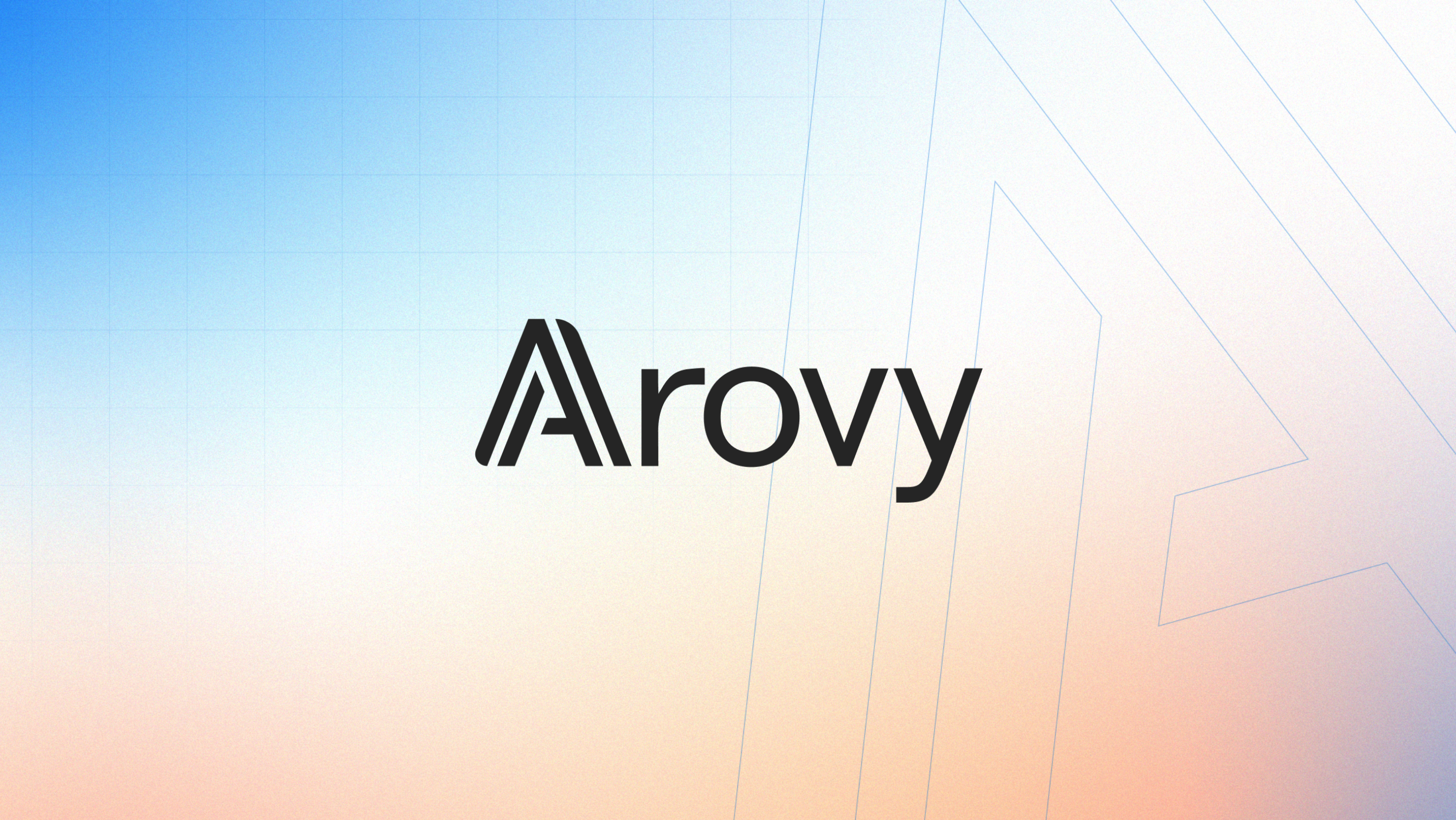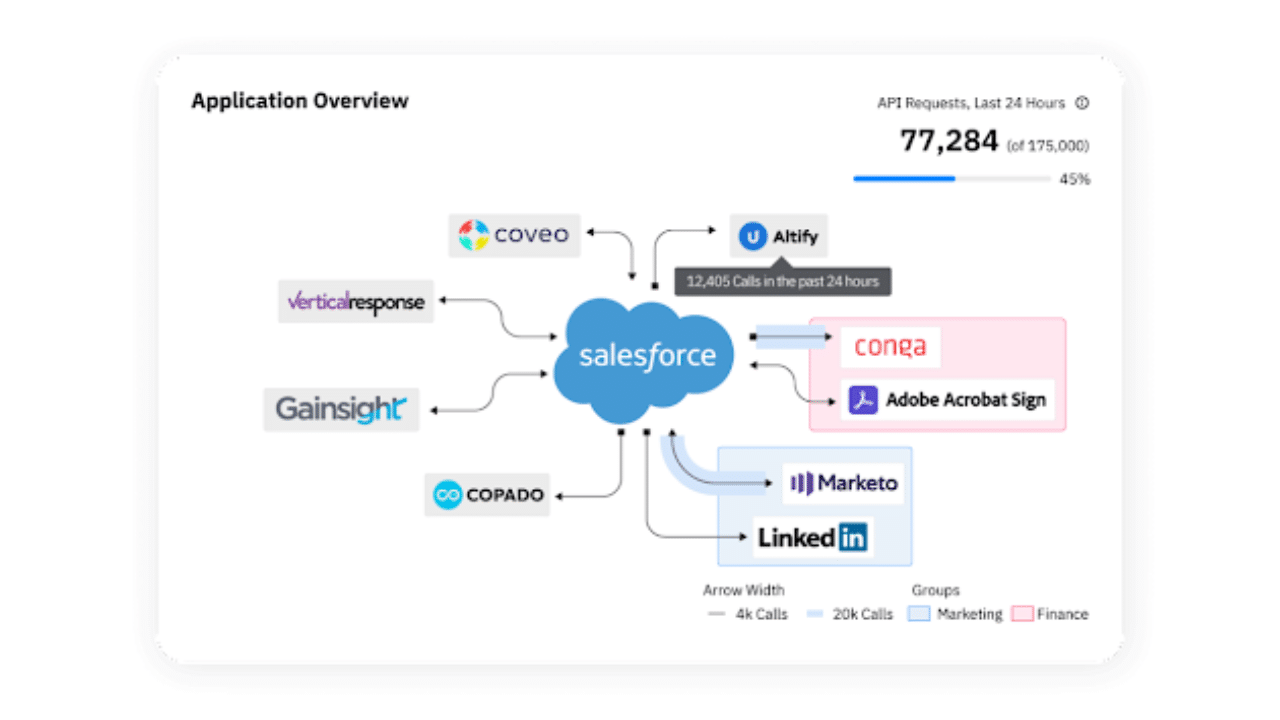5 MIN READ
5 Benefits of a Salesforce Data Dictionary
New GTM team members come and go and changes are constantly being made to your Salesforce org. With your org undergoing a constant state of change, it makes it really challenging to keep up with metadata, where it's being used and how to train new team members on it when onboarding. Without the proper documentation to guide your team as they make CRM changes, you’re leaving your organization vulnerable to major risks such as breaks that bottleneck your entire GTM team’s workflows and even revenue loss. That’s where having a data dictionary for Salesforce or other CRM is critical. Below, we’re covering everything you need to know about implementing a data dictionary for your Salesforce org and why it’s so beneficial.
What Is a Data Dictionary?
A Salesforce data dictionary is a collection of the names, attributes, and descriptions of the data objects or business logic of a data model to ensure all business users or stakeholders are consistent in how they refer to these items. Oftentimes, a data dictionary is a centralized metadata repository. But it should also be where all CRM changes are documented so that your team can quickly conduct impact analysis and make future changes without fear of breaks.5 Benefits of a Salesforce Data Dictionary
There’s a variety of reasons your organization may want to implement an automated data dictionary. A few examples might include if you’re:- Maintaining a manual data dictionary
- Managing data governance programs for compliance
- Ramping up new operational team leadership
- Implementing a new Salesforce instance


.webp)






